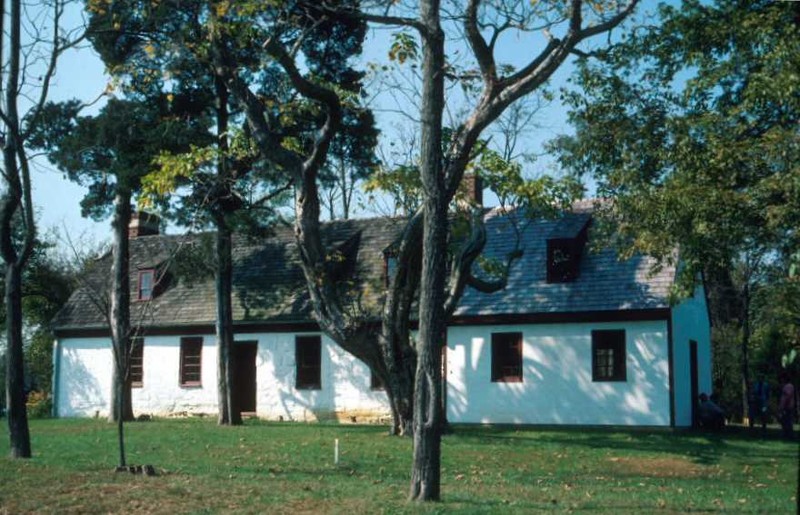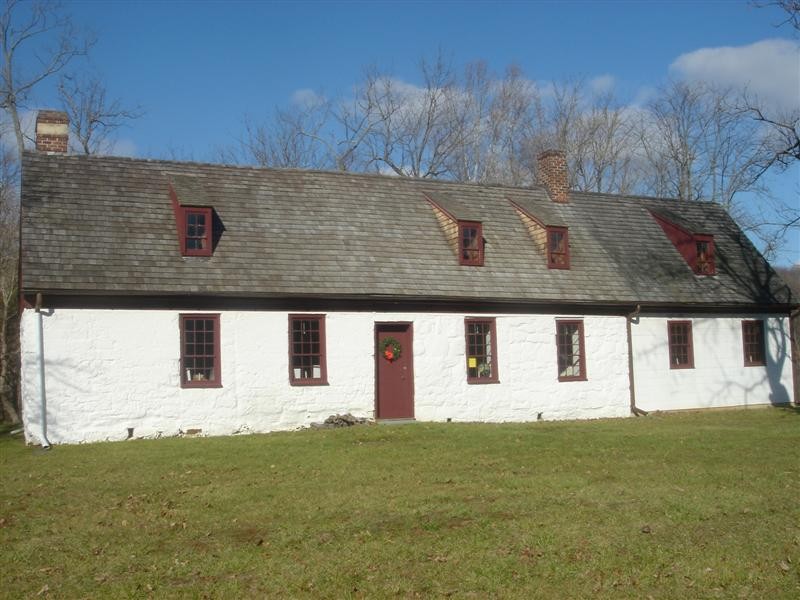Anne Arundel County Free School
Introduction
Text-to-speech Audio
Images



Backstory and Context
Text-to-speech Audio
In 1723, a law was enacted by the General Assembly of colonial Maryland which authorized free schools in all of the state’s counties with a Board of Visitors being granted to each. The earliest records for the Anne Arundel County Free School are preserved and include decisions regarding land acquisition and the original building specifications of 1724, which specified a building eighteen by twenty-five feet, the size of the earliest part of the existing structure. The land records indicate that this parcel of chosen ground was part of the parcel held by the first Board of Visitors. This is the sole remaining structure of Maryland’s original education system.
Following its initial establishment and construction, references pertaining to the Anne Arundel County Free School are sparse. In 1746, John Wilmott, master of the Free School, advertised such useful and practical courses as merchant accounts, bookkeeping, navigation, writing, grammar, arithmetic, algebra, geometry, trigonometry, astronomy, survey, the use of globes, gunnery, physical defense, and good management systems. It was a curriculum based on pragmatic considerations, more in line with practical ideas of the tobacco planter than a traditional classical curriculum espoused by clergymen of the day.
The Free School building consists of six rooms on two floors and was built as close to the center of Anne Arundel County as possible in order to be the most convenient location for the boarding of children; at that time, Anne Arundel County included what is now Howard County, Maryland. The institution remained in operation until 1912, when the movement towards consolidation force the closure of many early school buildings – the Free School is the only remaining schoolhouse erected as a result of the Maryland Free School Act of 1723.
In addition to the Free School’s role in education history, it is likely that a young John Hopkins attended the school from 1806 to 1809, when his father, Girard Hopkins, served on the school’s Board of Visitors. Later in his life, when his abolitionist parents freed their slaves, John Hopkins was forced to quit school and work in the family’s tobacco fields. The great value for education held by the young Hopkins inspired him to found the future John Hopkins University in 1876.
The Anne Arundel County Free School now serves as a museum, and is owned by the local board of education. The care of the old schoolhouse is left to the Anne Arundel Retired Educators Association, who open the building up for school field trips and for seasonal Sunday afternoon tours.
Sources
Anne Arundel County Free School, National Register of Historic Places. Accessed December 15th 2020. https://catalog.archives.gov/id/106776078.
Anne Arundel County Free School, Wikipedia. Accessed December 15th 2020. https://en.wikipedia.org/wiki/Anne_Arundel_County_Free_School.
